which physiologic changes may occur during the first trimester of pregnancy? select all that apply.
 Physiological Changes in Pregnancy: Diagnosis of Pregnancy
Physiological Changes in Pregnancy: Diagnosis of PregnancyPrenatal care Module: 7. physiological changes during pregnancyStudy Session 7 Physiological Changes during pregnancyIntroductionDuring pregnancy, a woman's body changes in many ways due to the effect of hormones. These changes can sometimes be uncomfortable, but most of the time are normal and allow you to nourish and protect the fetus, prepare your body for work, and develop your breasts for milk production. Can you remember the definition of a study session 3 hormone? Hormones are chemicals that occur in the body, which circulate in the blood. Different hormones control or regulate the activity of different cells or organs. HormonesIn this study session, you will learn about some of the changes that occur during pregnancy in the uterus, cervix and vagina, cardiovascular system, gastrointestinal system and urinary system, and about changes in the breasts and skin. You will also learn about the implications of all these changes for you as a health worker who manages the health of pregnant women. By understanding normal changes in pregnancy, you can reassure women if they are concerned, and also detect and intervene more quickly if you notice any anomaly. A basic knowledge of these changes and adaptations is also essential to understand the results of laboratory tests that can be done in a health center during pregnancy. Learning results for the study session 7When you have studied this session, you should be able to correctly define and use all keywords printed in bold. (SAQ 7.6)bold7.2 Describe physiological changes in the female reproductive system during pregnancy and the consequences of these changes for pregnant women. (SAS 7.1 and 7.6)7.3 Describe the average changes in the body weight of pregnant women. (SAQ 7.2)7.4 Discuss changes in the cardiovascular system during pregnancy, and effects on blood pressure, heart output, blood volume, and concentration of red blood cells. (SAQs 7.3, 7.4 and 7.6)7.5 Recognize normal and abnormal changes in breathing, digestion, urinary system, skin and breasts of pregnant women, including the production of collostrum. (SAQs 7.5 and 7.6)7.1 physiological changes in the female reproductive system during pregnancy7.1 Changes in estrogen and progesterone In study sessions 3, 4 and 5 you learned about the main female reproductive hormones, estrogen and progesterone, and their functions in preparing the uterus for pregnancy. Estrogen and progesterone are also the main hormones during pregnancy. A woman will produce more oestrogen during a pregnancy than during her lifetime when she is not pregnant. During pregnancy, oestrogen promotes the flow of maternal blood within the uterus and placenta. How does oestrogen play an important role in the development of the fetus? By promoting maternal blood flow to the uterus and placenta ensures that the fetus is supplied with nutrients and oxygen for its development, and that foetus waste products are eliminated in the mother's blood. (You learned about this at the study session 5.) Progesterone levels of a pregnant woman are also very high. Among other effects, high levels of progesterone cause some internal structures to increase their size, including the uterus, allowing you to accommodate a long-term baby. It has other effects on blood vessels and joints, which we will discuss later in this study session. 7.1.2 Changes in the uterus, cervix and vagina After conception, the uterus provides a nutritious and protective environment in which the fetus will grow and develop. Increases the size of a small pear in your non-pregnant state to accommodate a long-term baby to 40 weeks of gestation. The tissues of which the uterus is made continue to grow during the first 20 weeks, and increases by weight from about 50 to 1,000 g (grams). After this time, it has no weight, but it stretches to accommodate the baby in growth, placenta and amniotic fluid. By the time the pregnancy has reached its full term, the uterus will have increased approximately five times its normal size: What causes these changes? Hormonal progesterone is primarily responsible. At 12 weeks of gestation (near the end of the first trimester, that is, three months period), the bottom (minimum upper body of the uterus) can be palpated (sensed) through the abdomen above the pubic bone (public sympathy). The size of the uterus usually reaches its peak to a gestation of 36 weeks (see Figure 7.1). After how many weeks of pregnancy the bottom can be palpated at the height of the woman's umbilicus (belly-button), according to Figure 7.1? About 20 weeks. The uterus may fall slightly as the fetal head settles in the pelvis, preparing for delivery. Note the position at 40 weeks of gestation, which is shown as a marked line in Figure 7.1. This descent is known as "lightening". It is more noticeable in a primitive (pregnant for the first time) than in a multi-grade (a woman who has been pregnant previously, regardless of her outcome). The cervix remains 2.5 cm long during pregnancy. In late pregnancy, the softening of the cervix occurs in response to growing painless contractions of its muscle walls. The vagina also becomes more elastic towards the end of the pregnancy. These changes allow you to delay during the second stage of work, as the baby passes through the birth channel. (You will learn all about this in the next Work and Delivery Care Module.)7.2 Changes related to pregnancy in posture and joints The posture of a pregnant woman changes as the baby gets bigger. Its abdomen is transformed from flat or concave (dished) to very convex (swimming out), increasing the curvature of its back. The weight of the fetus, the extended uterus, the placenta and the amniotic fluid (the water bag that surrounds the baby), together with the growing curvature of his back, puts a great strain on the bones and muscles of the woman. As a result, many pregnant women have back pain. Too much standing in a place or leaning forward can cause back pain, and so it can last the physical work. Most types of back pain are normal in pregnancy, but it can also be a warning sign of a kidney infection. (You will learn to identify kidney infections in the study session 18.)In addition, progesterone causes a loosening of ligaments and joints throughout the body. Pregnant women may be at greater risk of sprains and strains because ligaments are weaker, and because their posture has changed. 7.3 Changes in body weight during pregnancy Continuous weight gain in pregnancy is considered to be a favourable indication of maternal adaptation and fetal growth. However, the routine weight of the mother during pregnancy is not considered necessary, as it does not correlate well with the results of the pregnancy. For example, there may be a slight weight loss during early pregnancy if the woman experiences a lot of nausea and vomiting (often called "disease bite"). You will learn more about this and other minor pregnancy disorders in the study session 12, later in this module. The expected weight gain of a healthy woman in an average pregnancy, where there is a single baby, is as follows: deadly disease A woman who is pregnant with more than one baby will have a higher weight gain than a woman with only one fetus. You will also need a higher calorie diet. (You will learn a lot about diet and healthy nutrition in pregnancy at the study session 14 of this module.) A lack of significant weight gain may not be a cause for concern in some women, but it may be an indication that the fetus is not growing properly. Doctors and midwives may refer to this as a restriction of intrauterine (IUGR) growth of the fetus. 7.4 Changes in the cardiovascular system The cardiovascular system consists of the heart, blood vessels (veins and arteries), and the blood that circulates around the body. It is the transport system that provides oxygen and nutritious substances absorbed from the gastrointestinal tract to all cells, tissues and organs of the body, which allows them to generate the energy they need to perform their functions. It also returns carbon dioxide, the product of breathing residues, to the lungs, where it breathes. The chemical processes that go in the body generate many waste products, which the blood carries to the kidneys and liver, where they are removed. Other cardiovascular system functions include regulation of body temperature and circulation and delivery of hormones and other agents that regulate body functions. There are several significant changes in this complex system during pregnancy. 7.4.1 The heart The heart can increase its size during pregnancy due to an increase in its workload. Why do you think the workload of the heart has to increase? Because you have to pump blood through the placenta, fetus and the uterus much larger and abdomen of the pregnant woman. The amount of blood that is pumped out of the heart every minute is called the heart output. Table 7.1 shows how it increases during pregnancy. Heart outputThe condition of man Heart output (liter per minute) not pregnant, resting2.5end of the first quarter5end of the second quarter6full-term7 The increase in heart output is due to two changes in how the heart works: Heart output is calculated by multiplying the heart rate and stroke volume. During the second trimester of pregnancy, the heart of the resting mother is working 40% more than in her non-pregnant state. Most of this increase results from a more efficient performant heart, which drives more blood out to each beat. 7.4.2 Blood volume The blood volume (the total blood volume in the circulation, measured in litres) gradually increases by 30-50 % in the pregnant woman, so in the long term it has about 1.5 liters more blood than before pregnancy. A higher circulating blood volume is required to provide additional blood flow through the placenta, so nutrients and oxygen can be delivered to the fetus. The increase in blood volume is caused by two changes: Blood plasma volume increases after the sixth week of pregnancy. It reaches its maximum level of approximately 50% above non-pregnant values for the second quarter, and maintains this to the full term. The total volume of red cells in circulation increases by approximately 18% during pregnancy, in response to the extra oxygen requirements of the maternal, placental and fetal tissues. Red blood cells contain the oxygen-bearing substance called haemoglobin, which is iron-rich (see box 7.1). Taking iron supplements during pregnancy can lead to a much higher increase in red blood cells, up to 30% more than non-pregnant levels. Haemoglobin is pronounced 'heem oh gloh binn'. Iron is present in all cells and has several important functions, including oxygen transport and storage in the human body. It is the critical component of haemoglobin of oxygen-bearing substances, which is found in all red blood cells. It is the iron of hemoglobin that makes these cells look red. If the diet is too low in iron, the person cannot make enough red blood cells. Iron is also involved in the storage and release of oxygen in the muscles. Anemia is defined more precisely as a low concentration of hemoglobin in the blood, but is often known as a low concentration of red blood cells. Too little iron in the diet is the main cause of anemia. The measurement of haemoglobin is expressed using its chemical symbol (Hb), and its weight in grams (gm) by decilitre (dl) of blood. A decilitre equals 10 milliliters (ml). The World Health Organization recommends that the hemoglobin of pregnant women should not fall below 11 grams of haemoglobin by blood deciliter (Hb 11g/dl). (You will learn more about anemia and its treatment at the study session 18.) Although there is a steady increase in the number of red blood cells in circulation during pregnancy, the increase in blood plasma volume is much higher. So, although the pregnant woman has more red blood cells than before she gets pregnant, she dilutes in the much larger volume of blood plasma. What effect will this have in the concentration of red blood cells and haemoglobin in the blood of the pregnant woman, compared to her unpregnant self? The concentration of red blood cells and haemoglobin will fall because they are more diluted, so the blood of the woman will be slightly anemic. This effect is called physiological anemia. It explains why iron in the diet, or iron tablets, is so important during pregnancy. physiological anemia7.4.3 Bacterial pressure in pregnancy We said earlier that progesterone makes ligaments and joints loose during pregnancy. It also acts with some other natural chemicals in the body to make the muscle walls of the blood vessels relax slightly. The result is that there is less resistance to blood flow around the body, because the same volume of blood circulates in slightly wider blood vessels. Blood pressure (BP) refers to how hard the blood is "pushing" on the walls of the main blood vessels, as it is pumped around the body by the heart. BP arterial pressure What effect will the slight relaxation of the walls of the blood vessels have on the blood pressure of the pregnant woman? It will be lower than in its pre-pregnant state, because the same volume of blood has more space in which to circulate. Low blood pressure is particularly common in early pregnancy. Many women report occasionally feeling dizzy in the first quarter, because less blood and less oxygen is being pumped into the brain. Progesterone can also cause a greater sudden relaxation in the blood vessels, leading to an acute feeling of dizziness, or even a short loss of consciousness (off). Another cause of dizziness may result from lying on your back. This is more common after 24 weeks of pregnancy, but it may occur before during twin pregnancies, or conditions that increase the volume of amniotic fluid (waters surrounding the fetus). When a pregnant woman is lying on her back, the weight of her uterus and its content compresses the large blood vessel (vena cava) leading from her lower body to the heart. When this blood vessel is crushed, blood flow is reduced to the heart, which in turn leads to a reduction in the blood flow of the heart to the rest of the body. If suddenly there is less blood coming out of the heart, what will happen to the woman's blood pressure, and how will it feel as a result? Lying on your back may result in a sudden and dramatic drop in blood pressure, and dizziness or loss of consciousness may occur because not enough oxygen is reaching your brain. After the first quarter, pregnant women are recommended not to lie in the back. 7.4.4 Exercise and Blood Flow in Pregnancy The weight gain in pregnant women increases the body's workload of any physical activity. Ordained and nonviolent exercise is good for the mother because she prepares her body for work (Figure 7.2), but sudden strong exercise, or working for too many hours without rest, can make her feel dizzy. This is because reduced blood pressure and mild physiological anemia cannot keep pace with your body's demand for more oxygen. A pregnant woman should not exercise where she is lying on her back, due to the compression of the main blood vessels that give her blood back to the heart. Strong exercise may lead to lower blood flow to the uterus because blood is diverted to muscles, but this has not been shown to have long-term effects on the baby. Pregnant women should not exercise vigorously in the hot climate, or if they do so without breath, or if there are risk factors known as the history of abortion. 7.4.5 Edema in pregnancy Oedema is pronounced 'ee dee mah'. If a pregnant woman experiences severe edema, including swelling of the face, this is a danger sign that requires immediate referral to the nearest health facility. A combination of the slight increase in the permeability of the smaller blood vessels (which allow more fluid to escape into the tissues), the additional weight of the uterus and the descending force of gravity, decrease the speed at which the blood is pumped back to the heart from the lower half of the body. Liquid often accumulates in the tissues of the legs and feet of pregnant women after the first quarter, rather than being absorbed in the blood circulation. The inflammation caused by this collection of fluid is called oedema.oedema It is a common condition in pregnant women, especially if they remain for a long time during the day. The edema of hands can also occur. Advise the woman to rest frequently and lift (lift) her feet and legs while sitting. This will improve the return of the blood to your heart and decrease the swelling of your legs. 7.5 Respiratory changesDuring pregnancy, the amount of air moved inside and outside the lungs increases by almost 50% due to two factors: During pregnancy, many women find that they do not breathe (cannot breathe as deeply as usual). This is because the growing baby fills the lungs of the mother and has less space to breathe. But if a woman is also weak and tired, or if she is short of breath all the time, it should be checked for signs of disease, heart problems, anemia or poor diet. Get medical advice if you think you may have any of these problems. 7.6 Changes in the gastrointestinal system in pregnancy As you can remember from your secondary biology, food and fluids enter the gastrointestinal system in your mouth, go through the esophagus, stomach, and intestines, and solid waste outputs in the anus. This very long tube from mouth to anus is often called the 'gut'. Proteins, fats and carbohydrates in our diet are decompose (digested) in the intestine in small enough units to be absorbed from the intestines in nearby blood vessels. It is also the route through which nutritious substances such as vitamins and minerals enter the body. Gastrointestinal systemDuring pregnancy, the walls of the gastrointestinal system relax slightly, and the rate at which the stomach food is squeezed and along the intestines slows down. Can you think of a reason why stopping the passage of food through the gastrointestinal system could be beneficial in pregnancy? Increases the time available for digestion, and maximizes the absorption of nutrients from the diet. Undesirable effects also result from slow stomach emptying, and slow movement of food through the gut. Can you suggest one of these undesirable effects? Many pregnant women experience constipation (difficulty in feces that pass). Many women also have nausea in the first months of pregnancy. A burning sensation, or pain in the stomach or between the breasts, is called indigestion (or "heartburn", although the heart is not involved). It happens because as the pregnancy progresses, the growing baby loves the mother's stomach and pushes it higher than usual (Figure 7.3). Acids in the mother's stomach that help digest food are pushed to her chest, where they cause a burning sensation. This is not dangerous and usually disappears after birth. If the mother has difficulty with nausea or indigestion, advise her to eat small and frequent meals. The mother should not lie flat for 1 to 2 hours after eating, because this can cause these symptoms. In the study session 12 you will learn more about minor disorders of pregnancy, such as these, and how to help women manage them. 7.7 Changes in the urinary system during pregnancy The urinary system consists of the kidneys (a couple of organs on both sides of the abdomen near the back), the tubes that connect the kidneys to the bladder where the urine is stored, and a tube called the urethra that passes the urine out of the body. (Look at Figure 3.1 in the study session 3, to remember the position of the bladder and urethra.) The kidneys extract residue from the blood and turn it into urine. They must work harder to filter the mother's own waste products from her blood, in addition to those of the fetus, and get rid of them in her urine. Therefore, there is also an increase in the amount of urine produced during pregnancy. Need to urinate (pee) is often normal, especially in the first and last months of pregnancy. This happens because the growing uterus presses against the bladder. In late pregnancy, a woman often has to get up during the night to urinate, because the fluid retained in the legs and feet during the day (edema) is absorbed in the blood circulation when her legs rise in bed. The kidneys extract excess fluid and turn it into urine, so the bladder is filled more quickly at night. 7.8 Skin changes Changes in women's hormones, and mechanical stretching of your abdomen and growing breasts, are responsible for several changes in the skin during pregnancy. 7.8.1 Nigra Line This dark line may appear between the umbilicus (belly button) and the pubic sympathy (peasant bone); in some pregnant women it may spread as high as the sternum (the bone between the breasts). It is an excessive production of brown material (pigment) induced by hormones in the skin cells in this area. After delivery, the line starts to fade, although it can never disappear completely. 7.8.2 Mask of Pregnancy (chloasma) Some women produce a brown pigmentation of the skin on the face and forehead, known as the "mask of pregnancy" (or chlorase). It looks like a bronze. It starts around the 16th week of pregnancy and gradually increases, but it usually fades after delivery. You will learn more about it in the study session 8.7.8.3 Stretch marks As the weight of the woman increases, the stretching of the skin occurs over areas of maximum growth: the abdomen, thighs and breasts. Pink or brown stretch marks may appear in some women, which may be quite dramatic. They usually fade after delivery, although they never disappear completely. 7.8.4 sweat glands The activity of the sweat glands throughout the body usually increases during pregnancy, which makes the woman perspire (sweep) more profusingly than usual, especially in the hot weather or during physical work. 7.9 Changes in the breasts In early pregnancy, breasts may feel full or tiled, and increase their size as the pregnancy progresses. The areola around the nipples (the circle of the pigmented skin) is darkened and the diameter increases. The Montgomery glands (small blows in the areola) are enlarged and tend to protrude (slide more). The superficial blood vessels of the breast can be visible due to increased circulation, and this can give a bluish dye to the breasts. For the 16th week (for the second quarter), the breasts begin to produce collostrum. This is the precursor of breast milk. It is a yellowish secretion of nipples, which thickens as the pregnancy progresses. It is extremely high in proteins and contains antibodies (special proteins produced by the mother's immune system) that help protect the newborn from infection. Near the end of the pregnancy, nipples can produce enough colostrum to make wet patches in women's clothing. Make sure this is normal and a good sign. After the baby is born, the colostrum occurs for about three first days, before the proper milk begins to flow. Make sure the mother breastfeeds the colostrum to her baby, so he or she gets all the nutrients and antibodies it contains. At the study session 8, you will find some signs of these physiological changes in pregnancy again, when you learn to diagnose whether a woman is pregnant, and how to gather information about her 'pregnancy history'. Summary of Study Session 7At Study Session 7, you have learned that: Self-assessment Issues for Study Session 7Now that you have completed this study session, you can evaluate how well you have achieved your learning results by answering these questions. Write your answers in your Study Journal and discuss them with your tutor at the next Study Support Meeting. You can consult your answers with the Self-Assessment Questions at the end of this Module. SAQ 7.1 (tests Learning Outcome 7.2) What causes back pain in pregnant women? The back pain is common in pregnant women because their posture changes to accommodate the weight of the growing uterus. The back curves inwards and the curved belly out, putting the tension on the back, which can cause pain. SAQ 7.2 (tests Learning Outcome 7.3) A pregnant woman won 2 kg in the first 20 weeks of pregnancy, then 0.5 kg a week during the next 10 weeks, then 0.1 kg during the last 10 weeks. What is your total long-term weight gain? What does this suggest? The weight gain of this woman was normal during the first 30 weeks of her pregnancy: she got 2 kg in the first 20 weeks and 0.5 kg each week during the next ten weeks. However, it is expected to earn 0.5 kg per week from 30 to 40 weeks, but its weight gain was reduced to 0.1 kg per week in this period. It is not possible to know whether this slow weight gain near the end of the pregnancy is a sign that the fetus is not developing normally, but it must certainly be investigated in a health center. Some women have normal pregnancies without having a lot of weight, but in others it is a sign of intrauterine (IUGR) growth restriction of the fetus. SAQ 7.3 (tests Learning Outcome 7.4) Why is it important for pregnant women to have more iron-rich foods in their diet, or to take iron tablets? Pregnant women often experience mild physiological anemia because their blood volume increases faster than the increase in the number of red blood cells in their circulation. Iron is required for the production of haemoglobin, the oxygen-bearing substance in the red blood cells. If a woman does not have enough iron in her body, she will not be able to make enough red blood cells, so her anemia could become serious. Eating a diet that contains many iron-rich foods, or taking iron tablets, helps you make enough red blood cells to carry the oxygen that she needs and her growing fetus. SAQ 7.4 (tests Learning Outcome 7.4) What could happen to a pregnant woman if she is lying on her back? Explain your answer. If a pregnant woman is lying on her back, the weight of her uterus presses on the larger blood vessel (the vena cava) turning blood from her body to her heart. This in turn leads to less blood that pumps from your heart to the rest of your body, so your blood pressure suddenly falls. You may experience dizziness, or even a loss of consciousness, because not enough oxygen is reaching your brain. SAQ 7.5 (tests Learning Outcome 7.5) What information could help you make a decision about the need for medical advice when a pregnant woman has a lack of breath? Breathlessness is common in pregnancy as the uterus grows and fills the lungs of the mother, so it has less space to breathe. But if she is also weak, tired, and little breath all the time, you should refer to her for medical advice. It could be anemic, or have heart problems, or possibly your diet is poor. SAQ 7.6 (tests learning results 7.1, 7.2, 7.4 and 7.5) Which of the following statements is false? In every case, say why it's wrong. A Flat bed is recommended after a meal for pregnant women because it helps digestion. B Frequent urination in late pregnancy is normal because the uterus presses the bladder. C Heart rate, volume of strokes and heart output increase during pregnancy. D Edema in pregnancy gets worse during the night. The pigmentation may appear on the face, or as a dark line in the abdomen in some pregnant women. F Collostrum should not be fed to newborn babies. G Progesterone makes the uterus grow in size to accommodate the growing fetus. A is false. The linen after a meal is not recommended in pregnancy and does not help digestion. The contents of the pregnant woman's stomach will be pushed up into her esophagus in her chest if she is lying down, and the acids that digest her food can cause a burning sensation known as "heartburn."B is true. Frequent urination in late pregnancy is normal because the uterus presses the bladder and may contain less urine. C's true. Heart rate, stroke volume, and heart output increase during pregnancy, because the larger body of the woman, uterus and fetus need a greater blood flow to provide nutrients and oxygen. D is fake. Edema in pregnancy usually improves during the night. Fluids that collect on the woman's legs during the day are absorbed in her bloodstream when her legs rise in bed at night. And it's true. The pigmentation may appear on the face, or as a dark line in the abdomen in some pregnant women. F is fake. Collostrum should always be fed to newborn babies. It is rich in proteins and contains the mother's antibodies, which help protect the baby from infection. G is true. Progesterone causes the uterus to increase in size to accommodate the growing fetus. Except for third-party materials and/or otherwise declared (see ) the content in OpenLearn is released for use under the terms of . In short, this allows you to use the content worldwide without payment for non-commercial purposes in accordance with non-commercial Creative Commons Share license. Please read this license in full along with the terms of OpenLearn and conditions before making use of the content. When using the content you must attribute to us (Open University) (OU) and any author identified in accordance with the terms of the Creative Commons License. The Recognition section is used to list, among other things, third parties (Property), licensed content that is not subject to Creative Commons licenses. Owner the content must be used (retained) intact and in context of the content at all times. The The recognition section is also used to draw your attention to any other special restrictions which can be applied to the content. For example, there may be times when Creative Commons Non-Commercial Sharealike's license does not apply to any of the contents even if it is owned by us (the OU). In these positions, unless otherwise indicated, the content can be used for staff and non-commercial use. We have also identified as another proprietary material included in the content that is not subject a Creative Commons License. These are: OU logos, commercial names and can be extended to certain photographs and video images and sound recordings and any other material that can be called to your attention. The unauthorized use of any of the contents may constitute a violation of the terms and conditions and/or intellectual property laws. We reserve the right to modify, modify or terminate any terms and conditions here without notice. All rights that are not covered by the Creative Commons license are maintained or controlled by the Open University. Head of Intellectual Property, The Open University
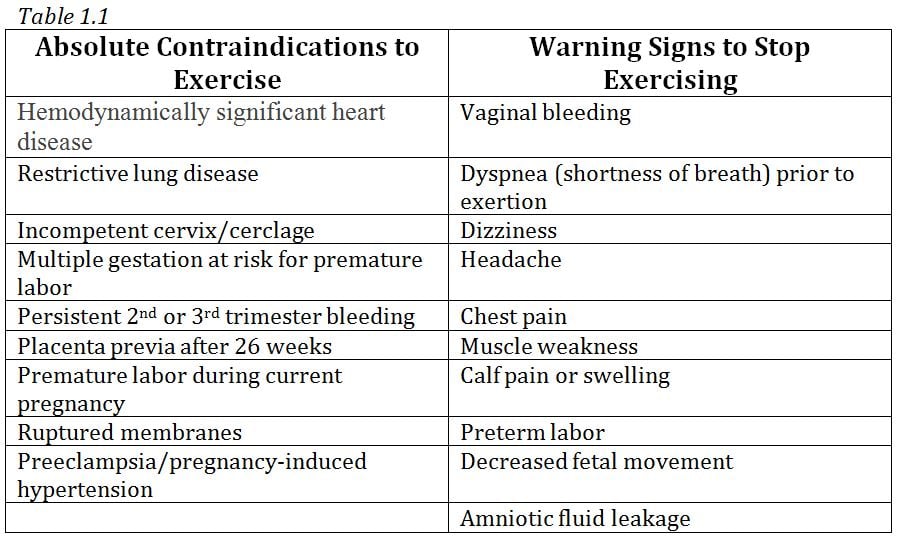
Exercise and Pregnancy: Physiological Changes and Exercise Programming

Psychological Changes and Tasks of Pregnancy

Physiological Changes in Pregnancy: Diagnosis of Pregnancy

Physiological Changes in Pregnancy: Diagnosis of Pregnancy

Maternal physiological changes in pregnancy - Wikipedia
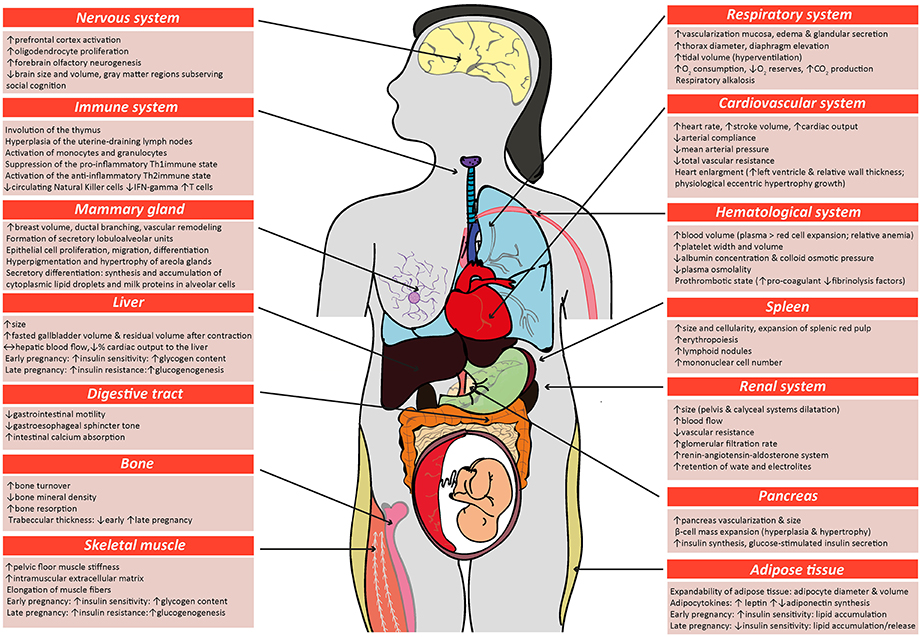
Frontiers | The Role of Placental Hormones in Mediating Maternal Adaptations to Support Pregnancy and Lactation | Physiology

Nursing considerations for pregnancy

Pregnancy Chart: What to Expect Each Trimester
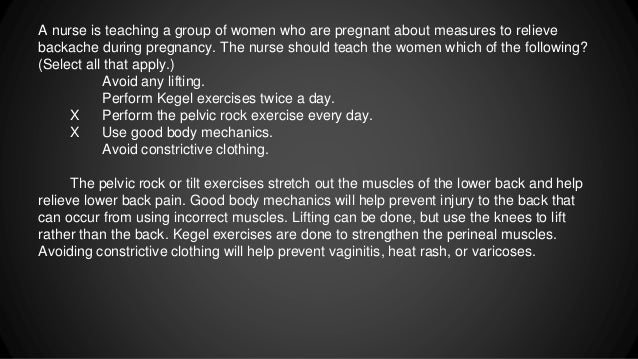
Nursing considerations for pregnancy

Maternal physiological changes in pregnancy - Wikipedia
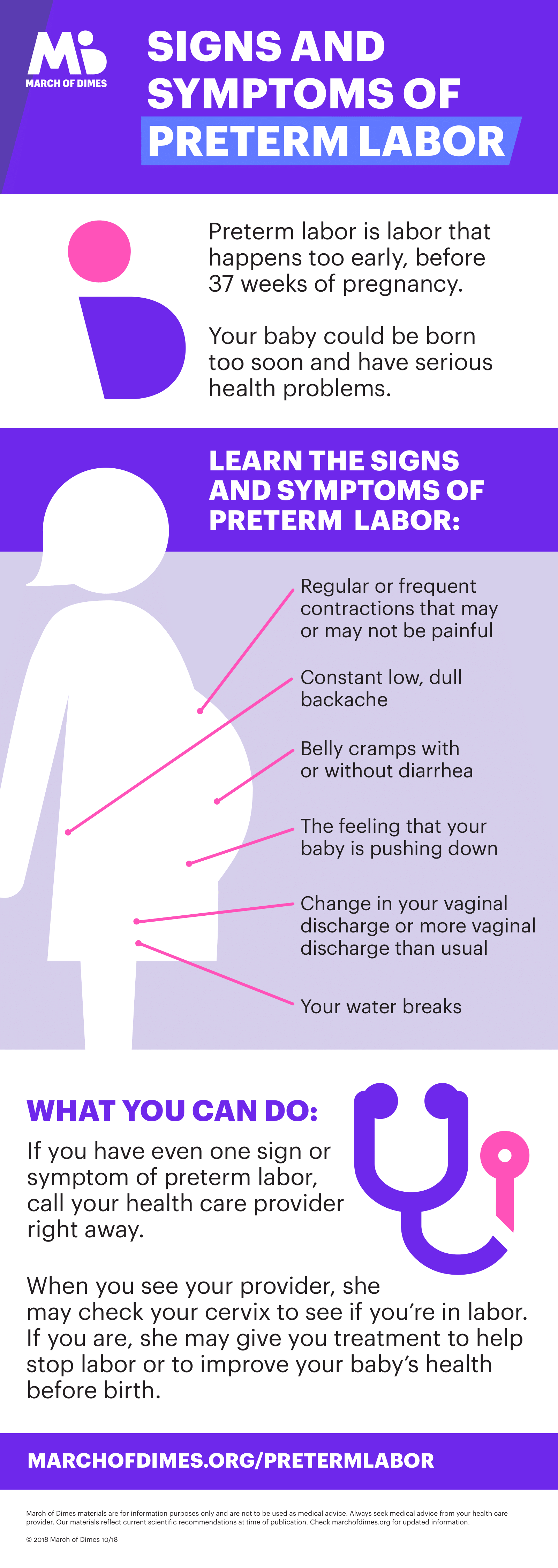
Pregnancy week by week
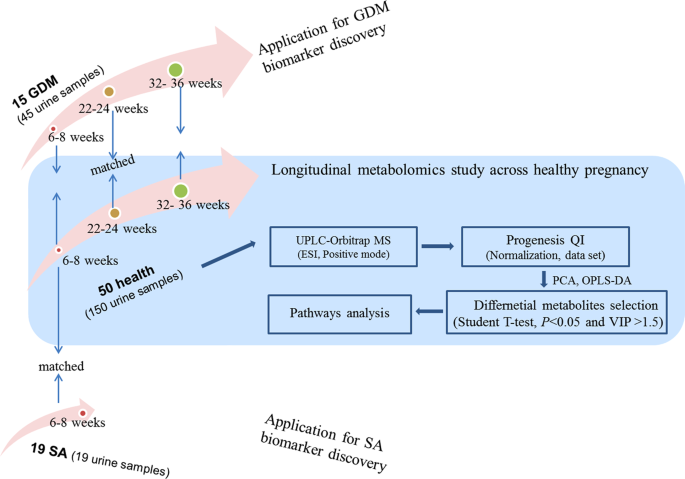
Urinary metabolic variation analysis during pregnancy and application in Gestational Diabetes Mellitus and spontaneous abortion biomarker discovery | Scientific Reports

PDF) Physiological changes in pregnancy
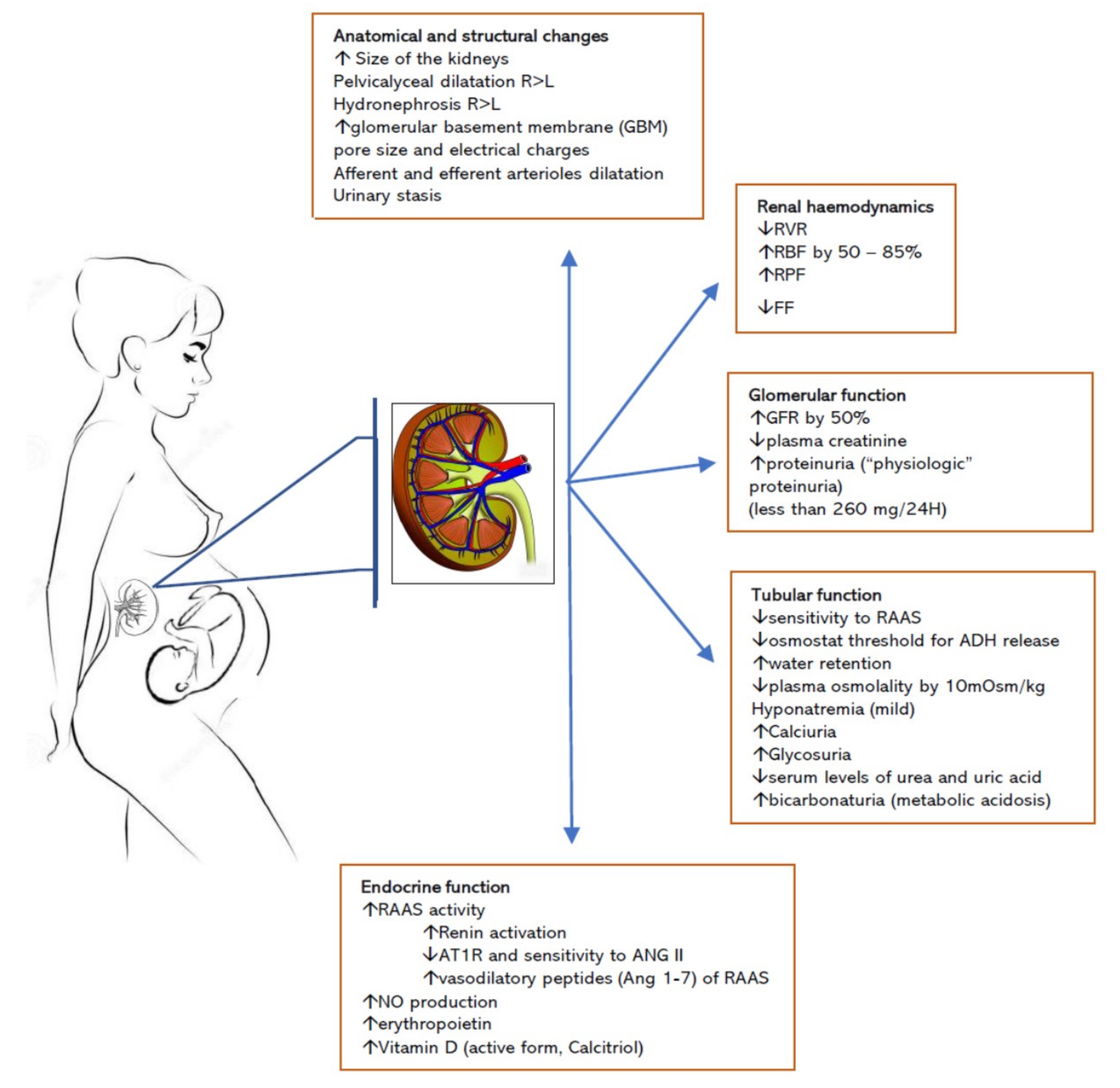
JCM | Free Full-Text | The Changing Landscape of Acute Kidney Injury in Pregnancy from an Obstetrics Perspective | HTML

Sex During Pregnancy: What Every Pregnant Person Should Know | Parents

1 Maternity Nursing NCLEX Practice Questions (500+ Items) - Nurseslabs
![NCLEX Practice Questions: #1 Free NCLEX Test Bank [2021] - Nurseslabs NCLEX Practice Questions: #1 Free NCLEX Test Bank [2021] - Nurseslabs](https://nurseslabs.com/wp-content/uploads/2019/04/NCLEX-Question-Format-Select-All-That-ApplyNCLEXRN-2019.jpg)
NCLEX Practice Questions: #1 Free NCLEX Test Bank [2021] - Nurseslabs

Nursing considerations for pregnancy

Physiology of Pregnancy - Gynecology and Obstetrics - Merck Manuals Professional Edition

Saunders Comprehensive Review for the NCLEX-RN® Examination - E-Book (Saunders Comprehensive Review by browsegrades.com - issuu

Pregnancy Cravings | Parents
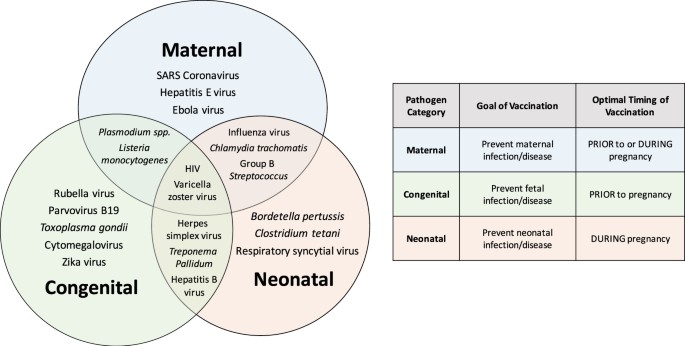
Pregnancy and infection: using disease pathogenesis to inform vaccine strategy | npj Vaccines

Maternal physiological changes in pregnancy - Wikipedia
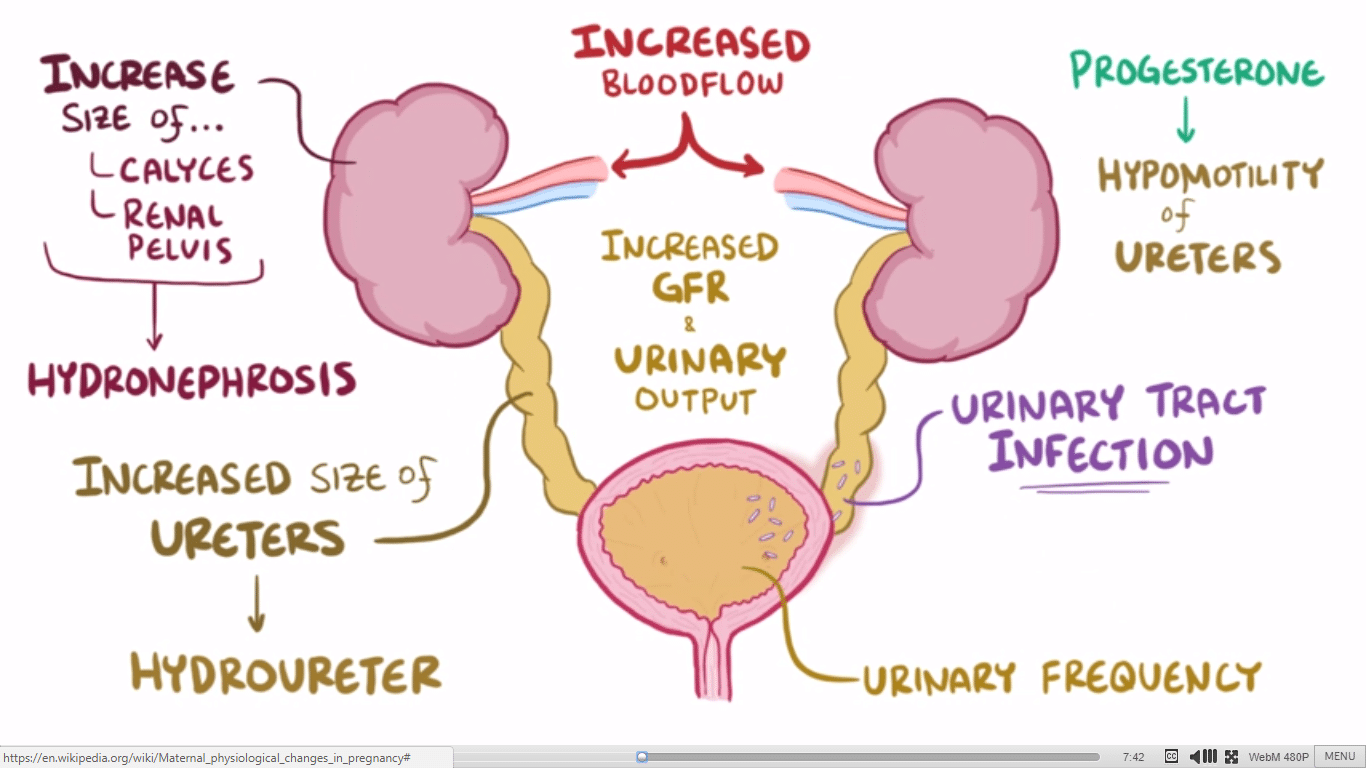
Maternal Adaptations in Pregnancy - TeachMePhysiology

Maternal physiological changes in pregnancy - Wikipedia

Pregnancy: The third month
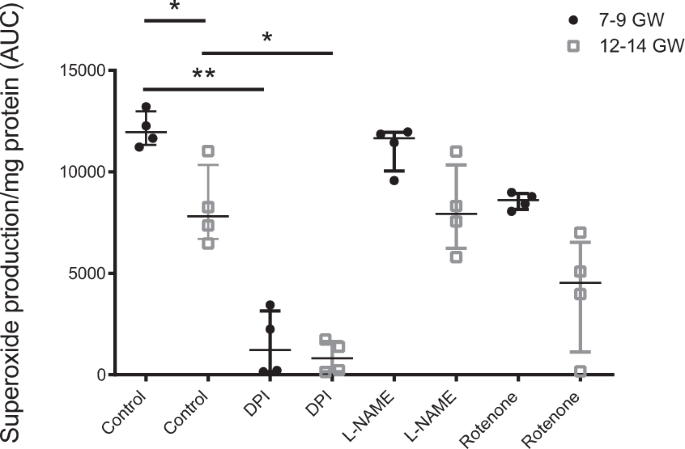
NADPH oxidase is the major source of placental superoxide in early pregnancy: association with MAPK pathway activation | Scientific Reports

Early pregnancy exposure to endocrine disrupting chemical mixtures are associated with inflammatory changes in maternal and neonatal circulation | Scientific Reports
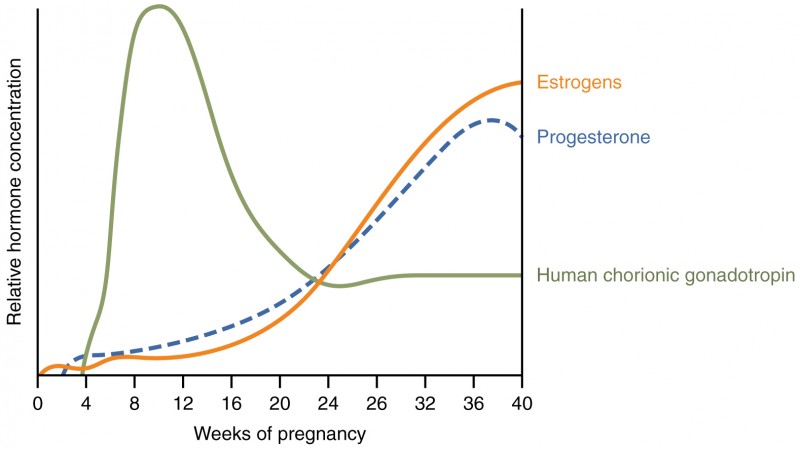
Maternal Changes During Pregnancy, Labor, and Birth | Anatomy and Physiology II

Pregnancy: The seventh month

Maternal physiological changes in pregnancy - Wikipedia

Pregnancy: The first month
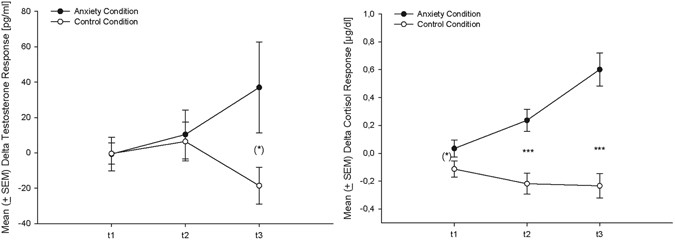
Pregnancy reduces the perception of anxiety | Scientific Reports

Nipple And Breast Change In Pregnancy | Huggies SG

Risk Factors for Complications During Pregnancy - Gynecology and Obstetrics - Merck Manuals Professional Edition
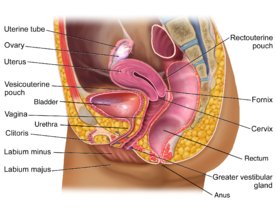
Physiological Changes in Pregnancy - Physiopedia

The Impact of COVID-19 on Pregnancy and Childbirth

Anticoagulation During Pregnancy: Evolving Strategies With a Focus on Mechanical Valves | Journal of the American College of Cardiology
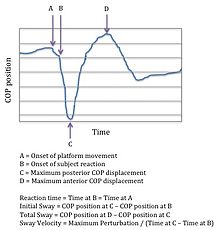
Maternal physiological changes in pregnancy - Wikipedia
Posting Komentar untuk "which physiologic changes may occur during the first trimester of pregnancy? select all that apply."